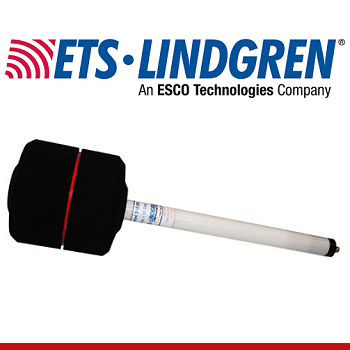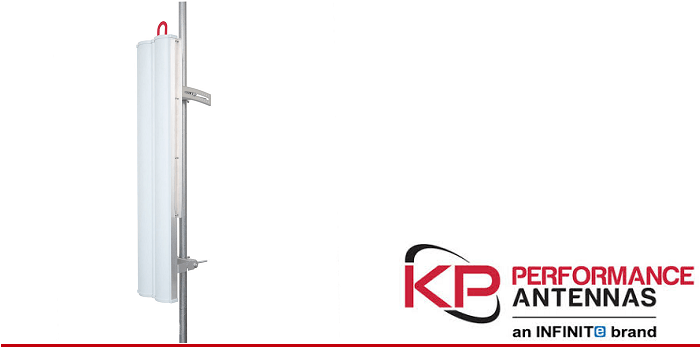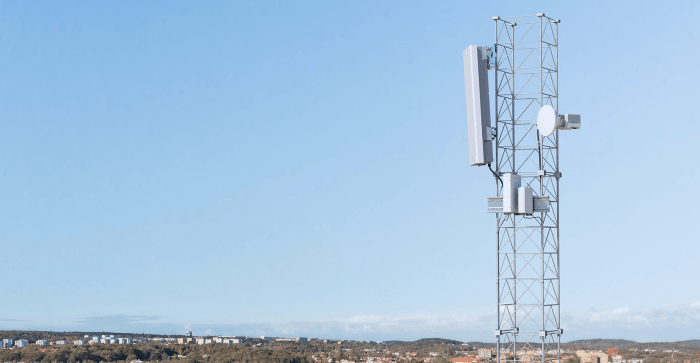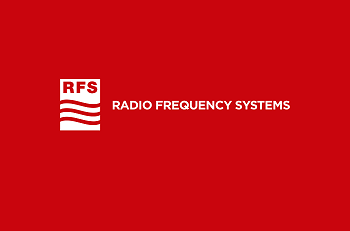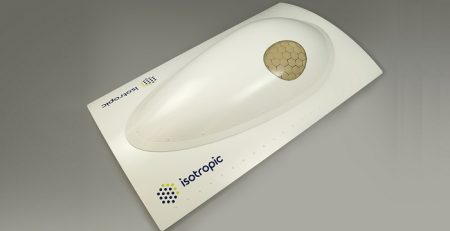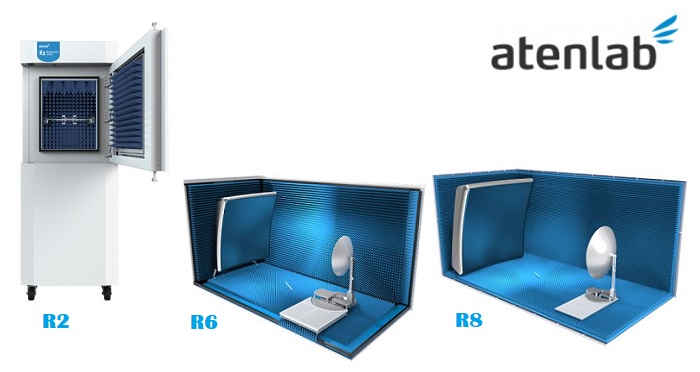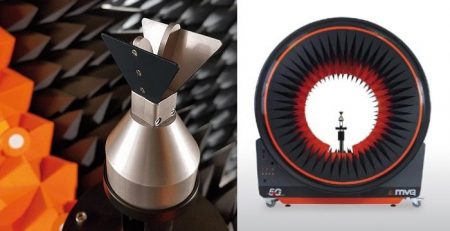ETS-Lindgren Mini-Biconical Antenna Wins Product of the Year Award at EMC Live
EMC Live has announced ETS-Lindgren‘s Model 3183B Mini-Bicon Antenna as the winner of its 2019 Product of the Year. EMC Live is an online event for EMC testing and design.
The Model 3183B beat its competition to win this distinguished award due to its compact size and outstanding performance. The mini-biconical antenna is designed for use per CISPR 16-1-4 and the newly published ANSI C63.25.1 standard on chamber validation testing above 1 GHz. The antenna covers a frequency range of 1 GHz to 18 GHz, making it ideal as a transmit antenna for performing the site VSWR chamber validation method per the CISPR 16 series standards. This performance range covers most wireless bands worldwide and is designed for the lowest possible VSWR across the range of operation. In addition, the antenna exhibits better than 2:1 VSWR for most of the range, and never exceeds 5:1 above 1 GHz.
This antenna maintains a stable and dipole-like pattern throughout the frequency range of 1 GHz to 18 GHz. It exceeds the requirements specified in CISPR 16 and ANSI C63.25.1. It also offers the convenience of performing a site VSWR measurement with a single antenna.
As Chair of ANSI ASC C63 Subcommittee 1 on Techniques and Developments which is responsible for the publication of the ANSI C63.25.1 standard, Mr. Zhong Chen, Director of RF Engineering with ETS-Lindgren is very familiar with the requirements of this new test site validation standard as well as the industry need for a small, lightweight and high-quality antenna to perform the time domain measurements called out in the standard. Due to his considerable expertise, Mr. Chen is an invited speaker on EMC Antennas during the Clayton R. Paul Global University at the 2019 IEEE International Symposium on EMC, Signal, and Power Integrity (EMC+SIPI) to be held in New Orleans, Louisiana on July 22-26.
In addition to presenting in the Clayton R. Paul Global University, Mr. Chen will also present a few tutorials on EMC antenna measurement techniques at the IEEE EMC+SIPI symposium in New Orleans.
On Monday, July 22, Mr. Chen is a speaker in the tutorial ‘Global EMC and Wireless Standards Update: Test Site Validation and Measurements Techniques’. He will talk about ‘ANSI C63.25.1-2018 (Validation Methods for Radiated Emission Test Sites, 1 GHz to 18 GHz): How this Newly Published Standard Impacts your Test Lab.’ ETS-Lindgren’s Doug Kramer, Director of Lab Services, will also give a presentation on ‘Measurement Traceability in the CISPR 16-1-6 Pattern Measurements for CISPR 16-1-4 Site Validations.’
On Friday, July 26, Mr. Chen is a speaker in the tutorial ‘Advances in Antenna Calibration and Measurements for EMC Applications.’ Here he will present ‘An Overview on Antenna Calibration Requirements for Site Validation and Product Emissions Testing.’ Mr. Kramer will also present in this tutorial on ‘Antenna Calibration: ANSI C63.5:2017 and CISPR 16-1-6:2017.’ As Chair of the ANSI C63.5 Working Group and member of ANSI C63 Subcommittee 1, Mr. Kramer has considerable expertise in antenna calibration and manages the operations of ETS-Lindgren’s A2LA-accredited calibration lab.
For those interested in delving into the theory and mathematics of antenna measurements, Zhong Chen also has two papers scheduled for Tuesday, July 23. He will present the paper ‘Understanding Site Validation Measurements below 1 GHz in the ANSI Standards’ and the paper ‘A Novel Method for Accurately Predicting NSA Performance of Anechoic Chambers’.
Learn more about ETS-Lindgren’s Model 3183B Mini-Bicon Antenna.
EMC Live
has announced
ETS-Lindgren
‘s
Model 3183B Mini-Bicon Antenna
as the winner of its 2019 Product of the Year. EMC Live is an online event for EMC testing and design.
The Model 3183B beat its competition to win this distinguished award due to its compact size and outstanding performance. The mini-
biconical antenna
is designed for use per CISPR 16-1-4 and the newly published ANSI C63.25.1 standard on chamber validation testing above 1 GHz. The antenna covers a frequency range of 1 GHz to 18 GHz, making it ideal as a transmit antenna for performing the site VSWR chamber validation method per the CISPR 16 series standards. This performance range covers most wireless bands worldwide and is designed for the lowest possible VSWR across the range of operation. In addition, the antenna exhibits better than 2:1 VSWR for most of the range, and never exceeds 5:1 above 1 GHz.

